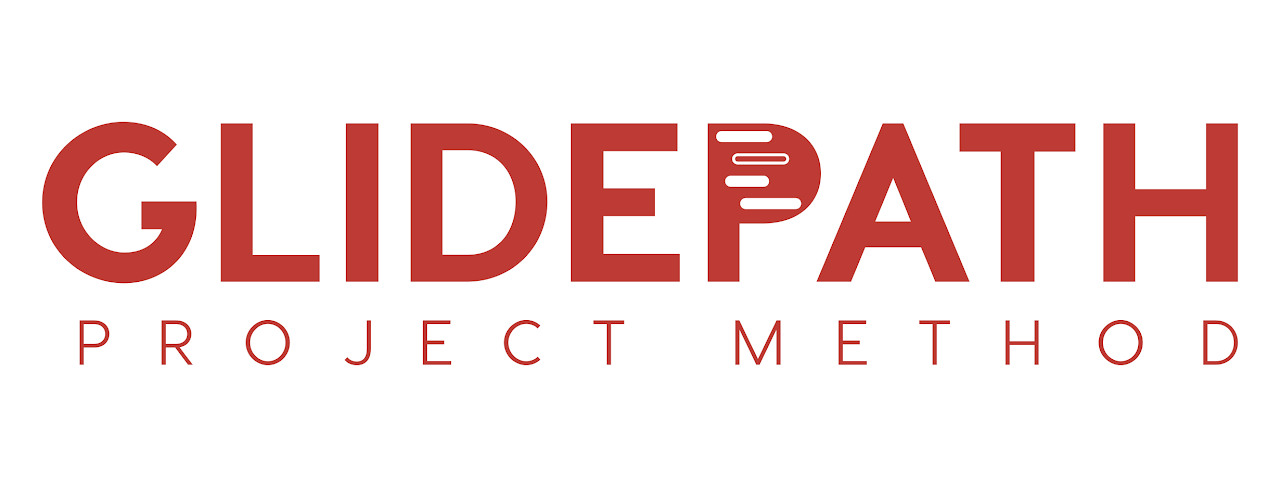
Purpose
The Control Stage process is day-to-day management of a stage of the project. This is where the Project Managers do most of their work and keep repeating these tasks until all the planned products for the stage have been completed. The purpose of this stage is to ensure delivery of the products for the stage within the defined resource and financial budgets and timeline. Risks and issues are controlled to stay within tolerance limits, while achieving the defined benefits.
Process flow
The sequence of activities are –
- Authorize the Work Package (WP) to the project delivery team
- Monitor progress on WP using Checkpoint Report
- Review the completed WP by the Project Manager. There are two possible outcomes of this step:
- Approve the completed WP and authorize the next WP
- Assess and resolve issues and send the WP back to the project delivery team
- Review the stage status. The stage is reviewed against the initial plan to ensure that it is within tolerance.
- Report the progress/ completion of the stage to the Project Board using Highlight Report.
Once all the products for a particular stage have been completed, the Project Manager will start preparing for Managing a Stage Boundary process.
The complete flow of activities is repeated for each stage in the project. At the end of the last stage, the Project Manager will begin preparing for project closure
Inputs
- Authorization to start the next stage
- Stage plan
- Other documents from PID
Key Deliverables
- Issue Reports; Introduction, impact, urgency, solution options, decision and action plan
- Checkpoint Reports; covers current and next reporting period, timescale, tolerance status, issues and risks
- Highlight Reports; status summary, reporting periods, change request and lesson log
- End Stage Reports; review of the business case, project objectives, stage objectives, team performance products, risks and forecasts
- Exception Plan; cause of exception, consequences of deviation, options, recommendation, lessons and major risks
